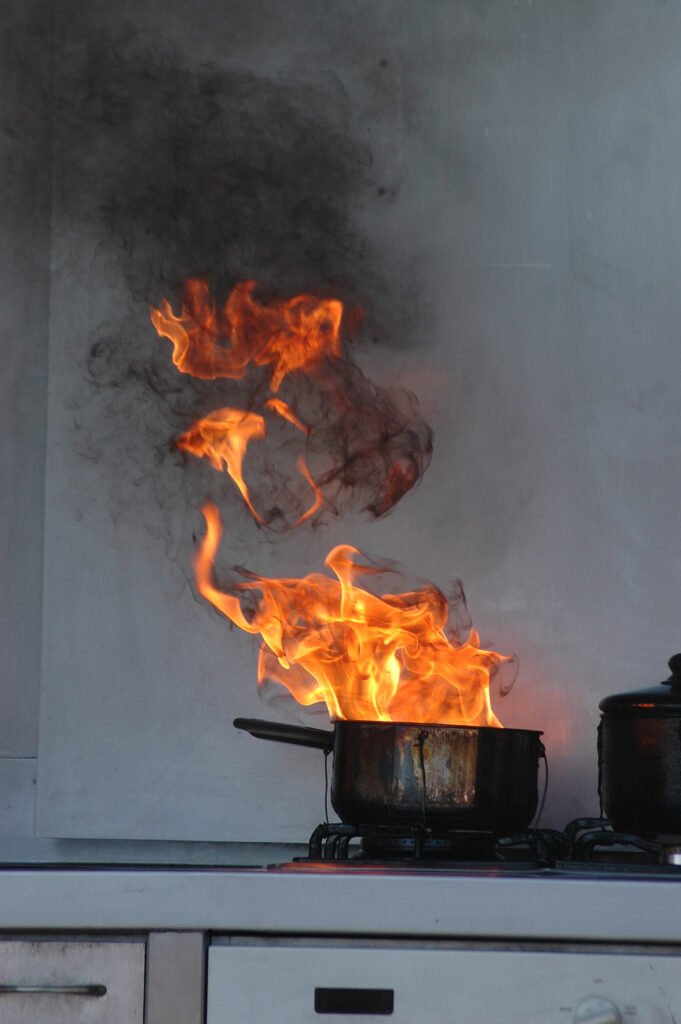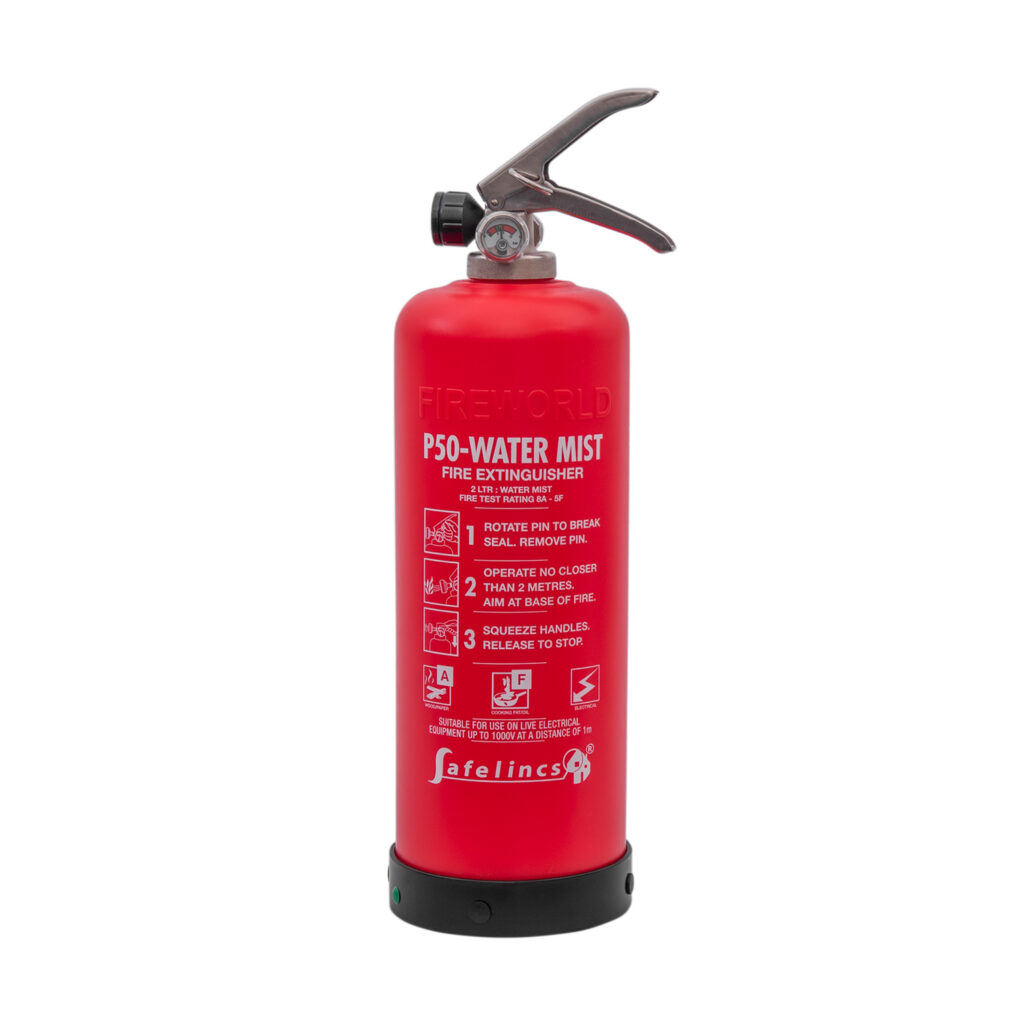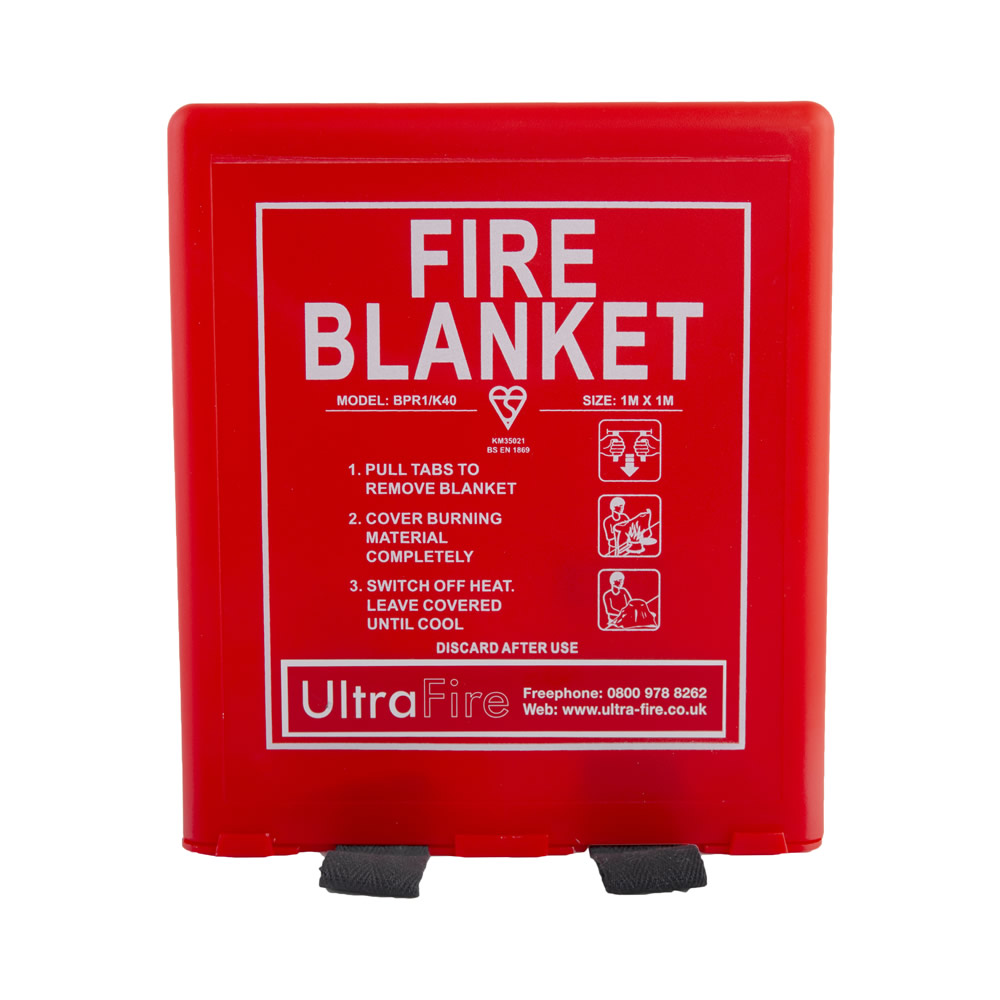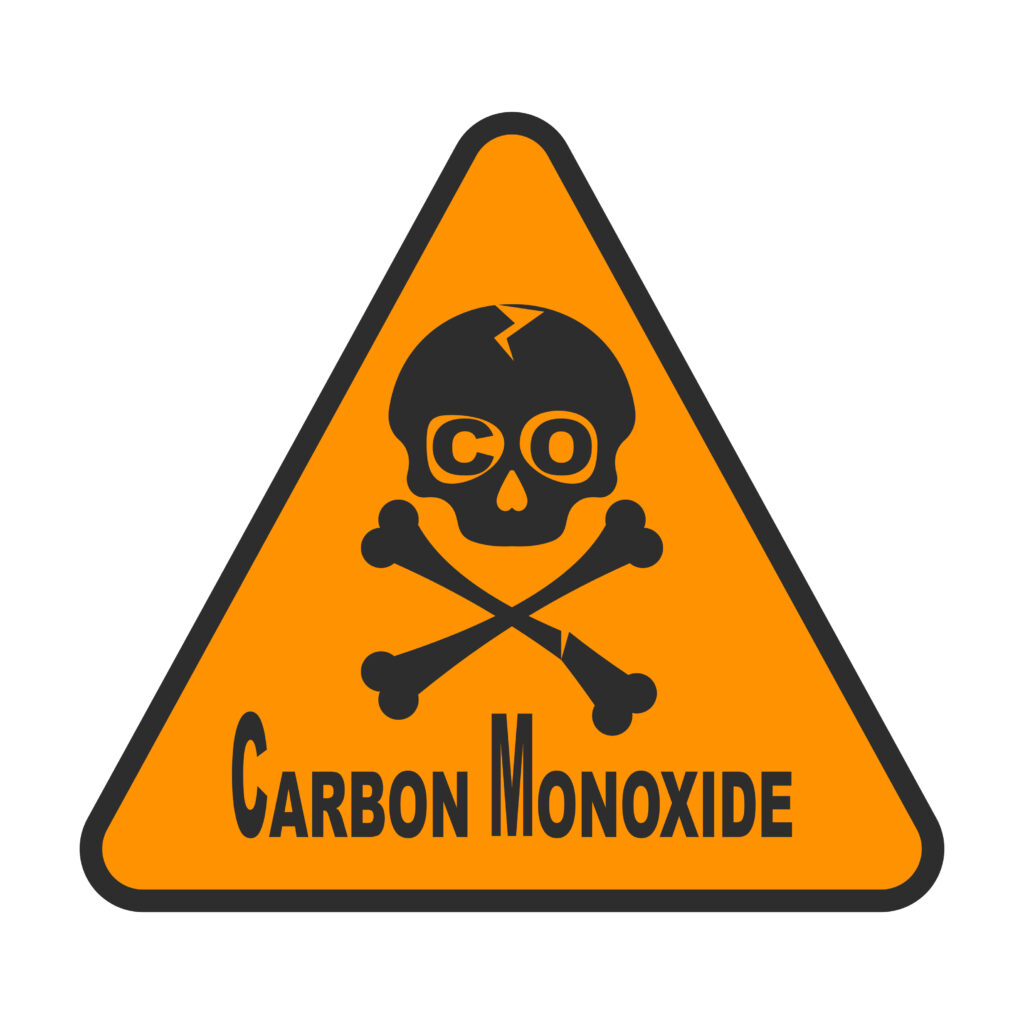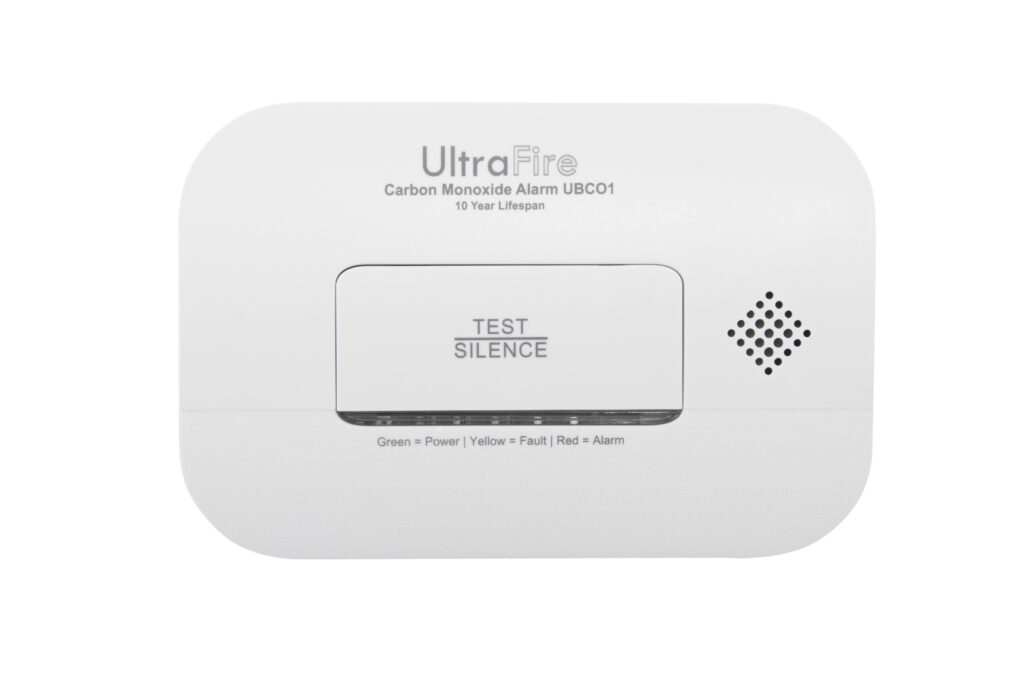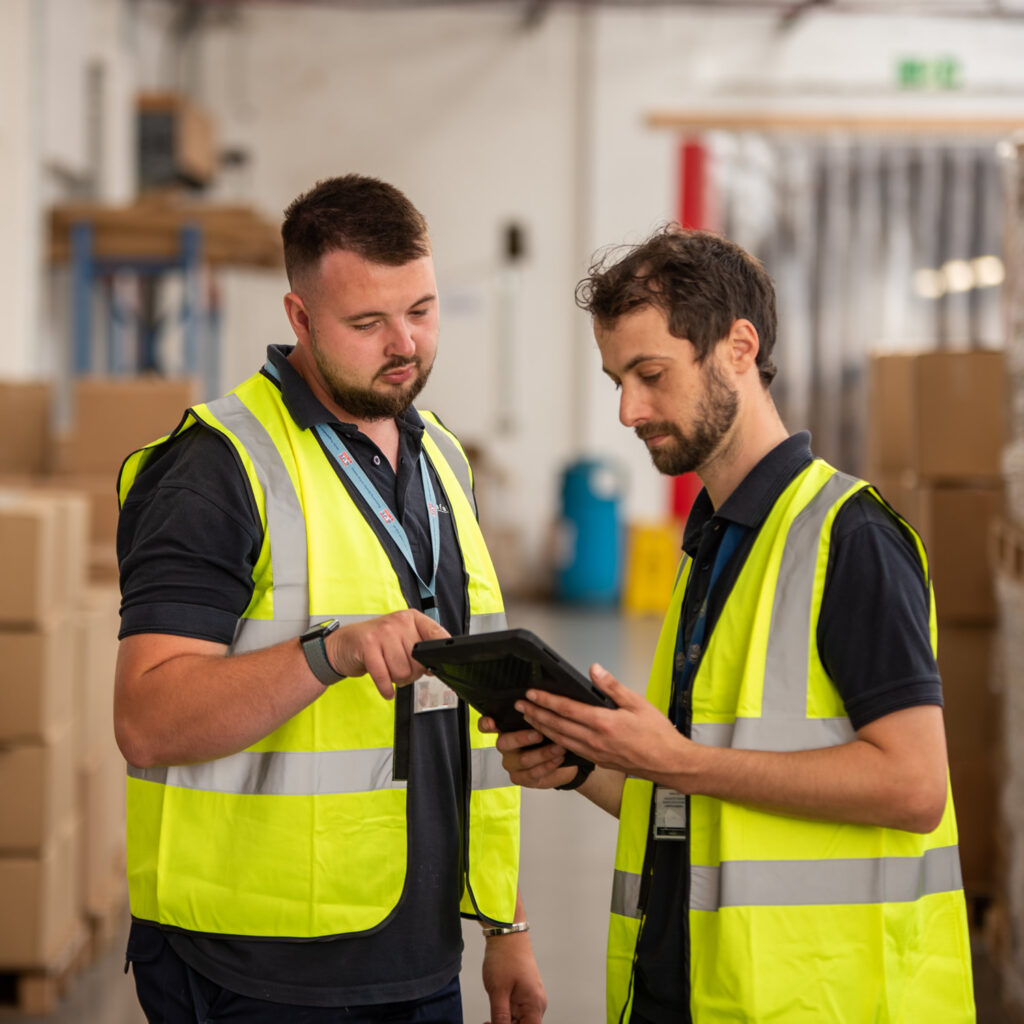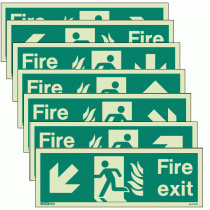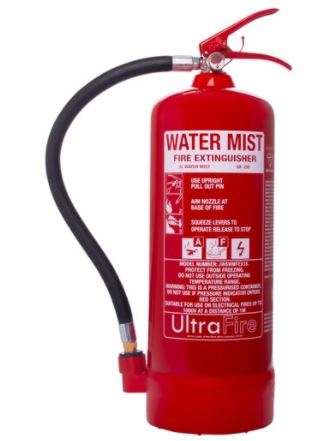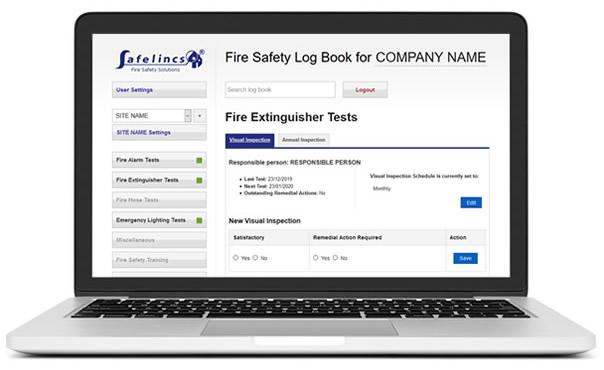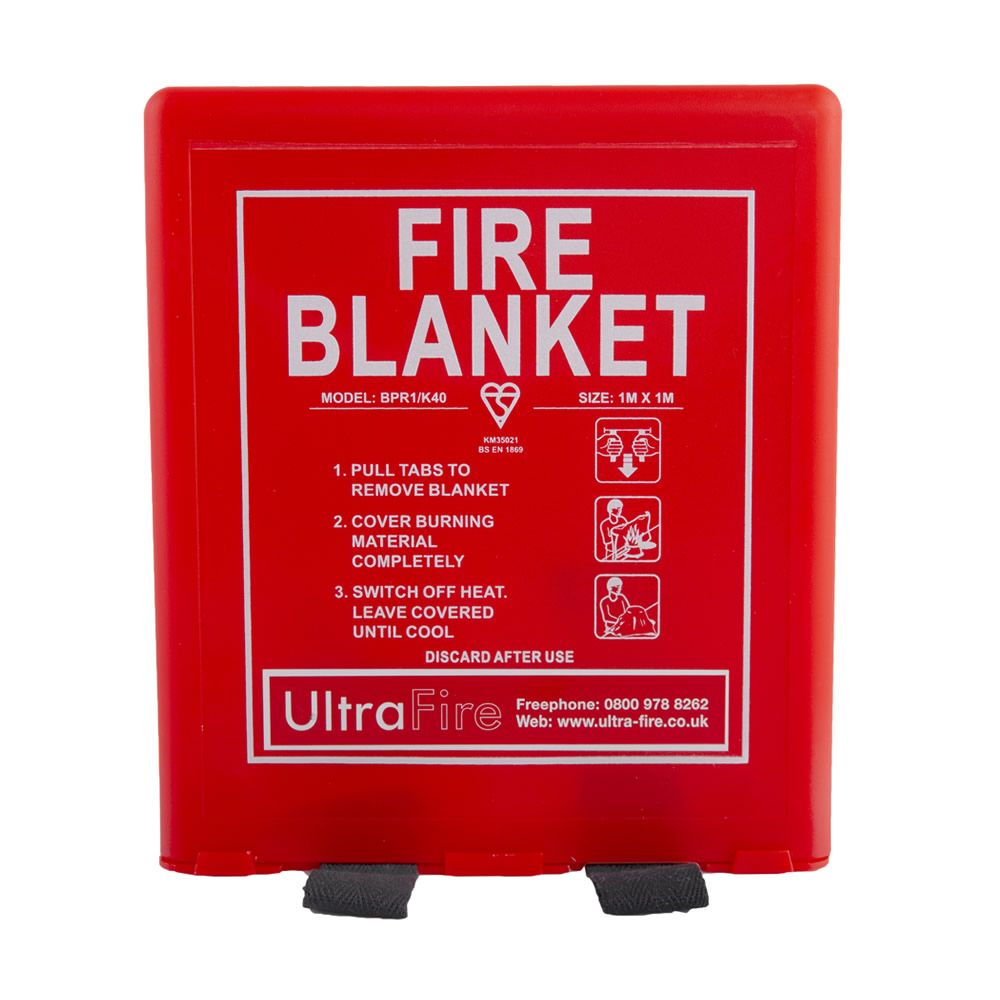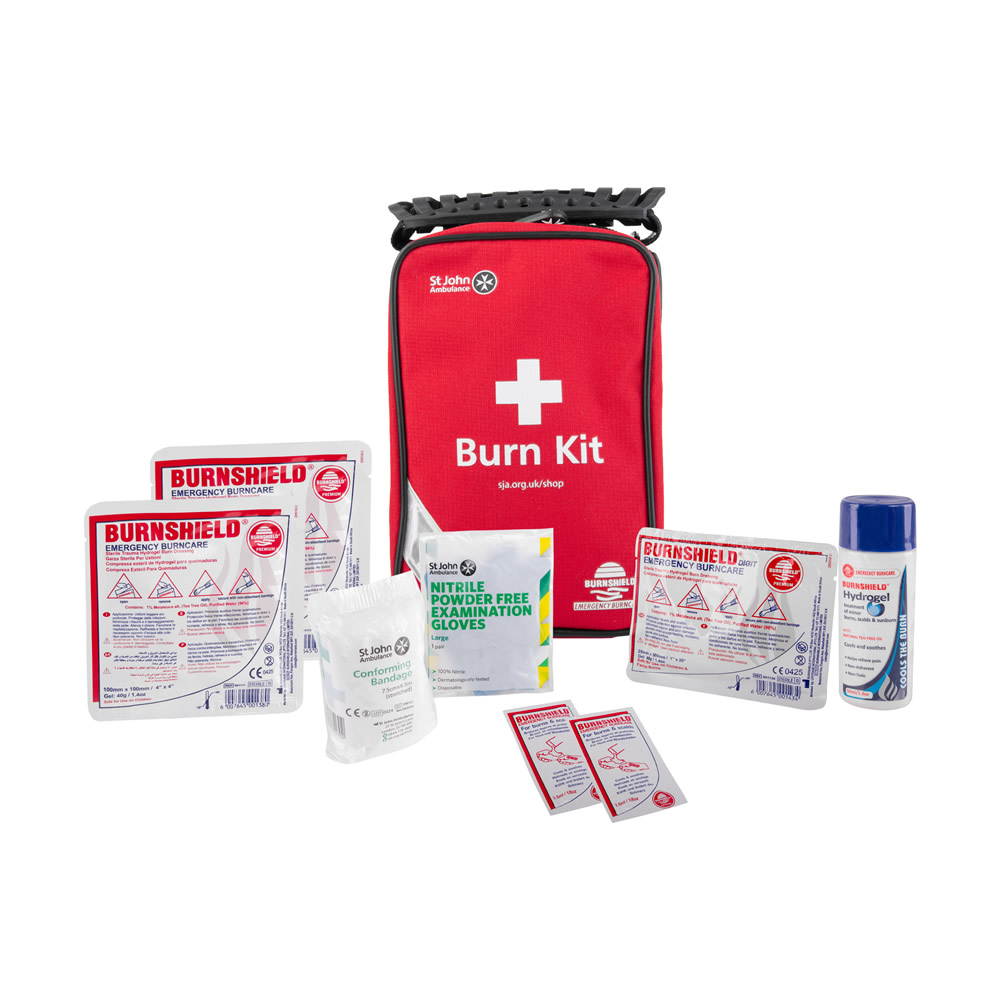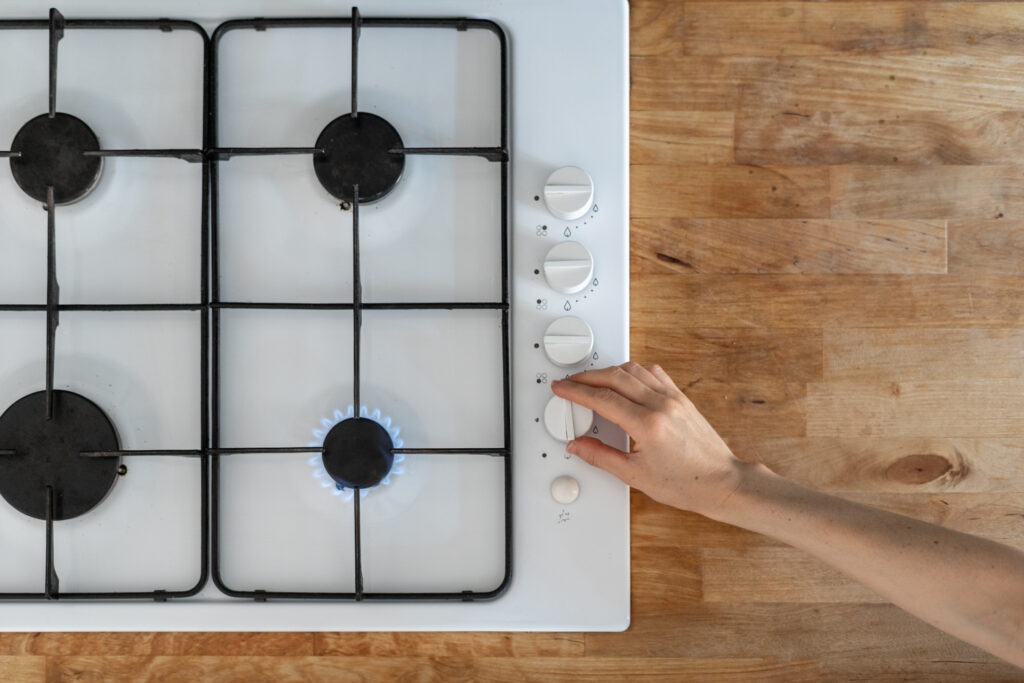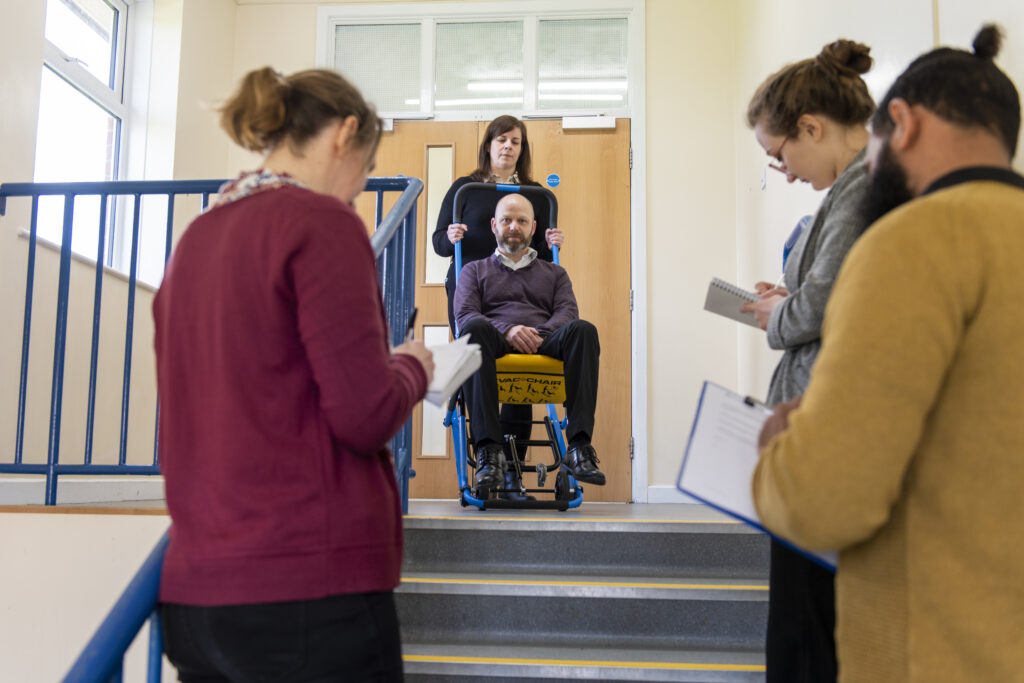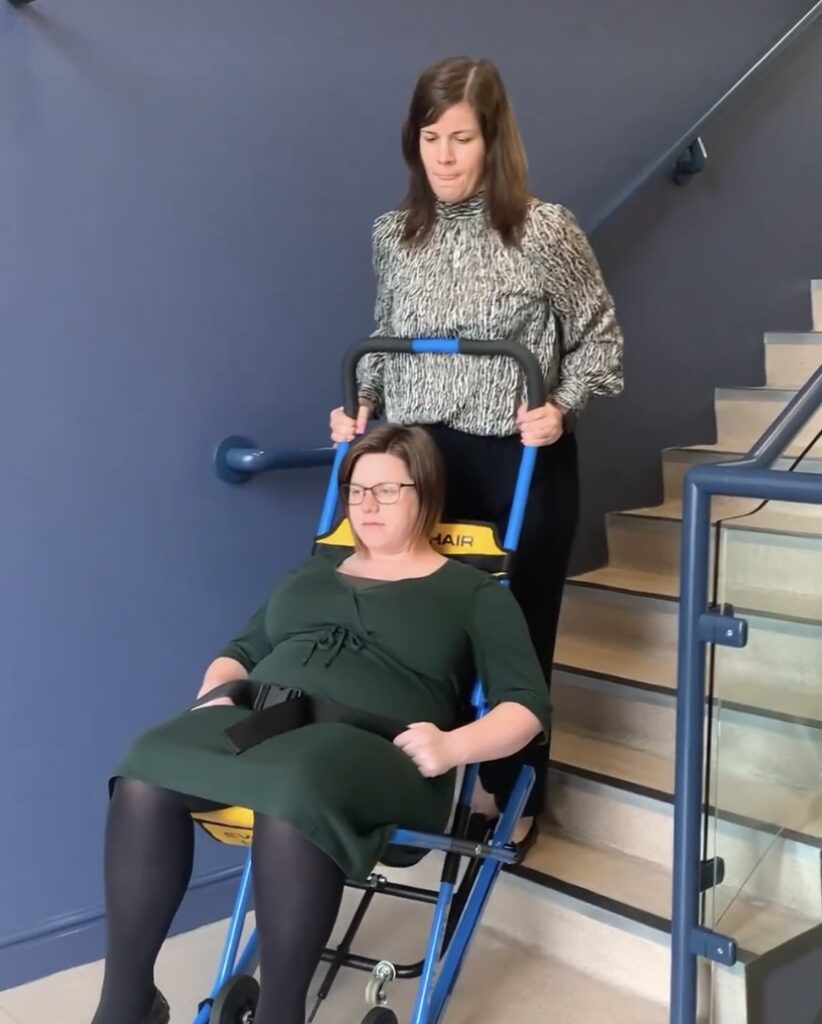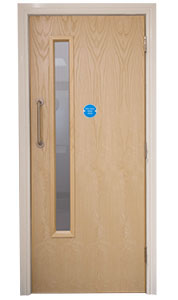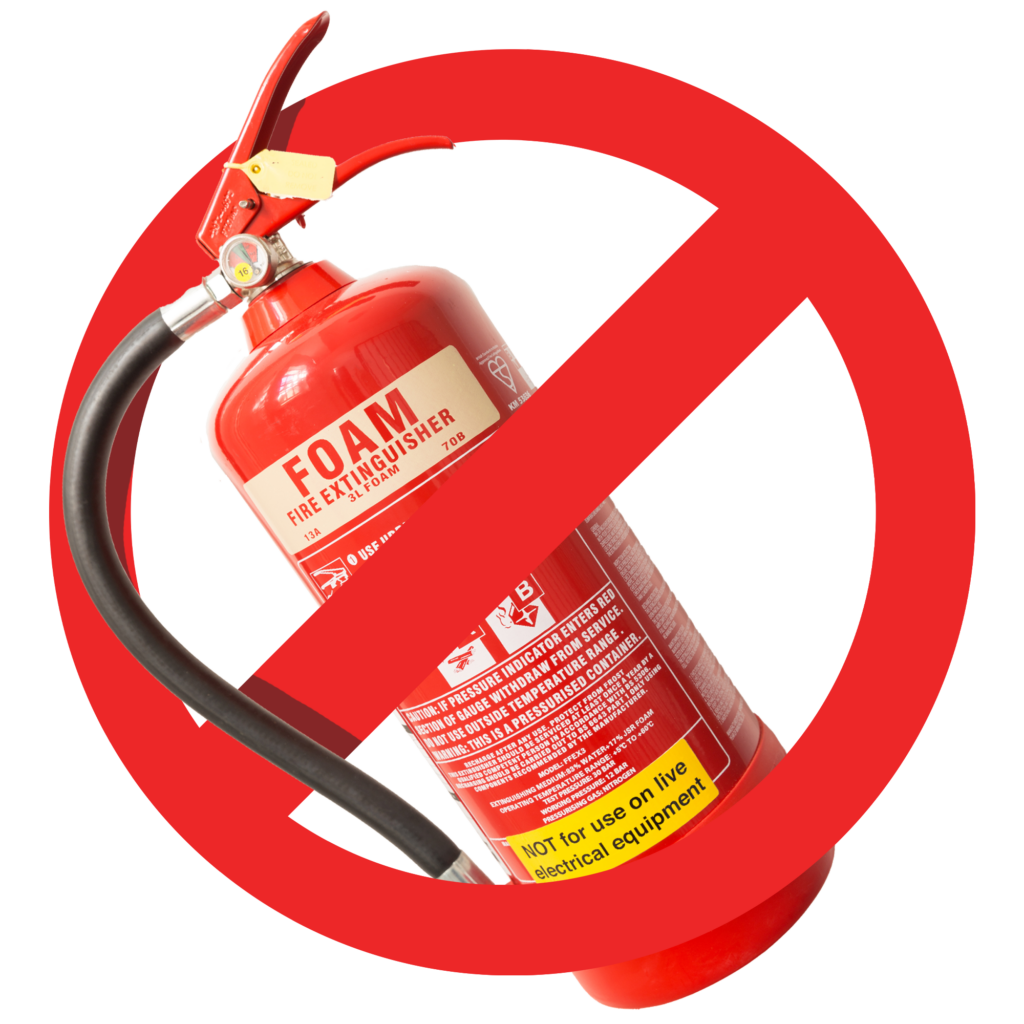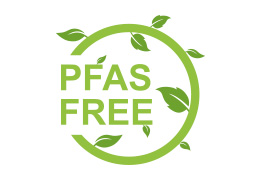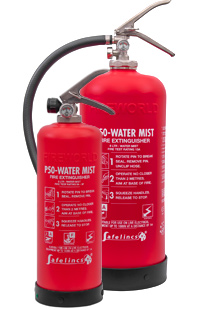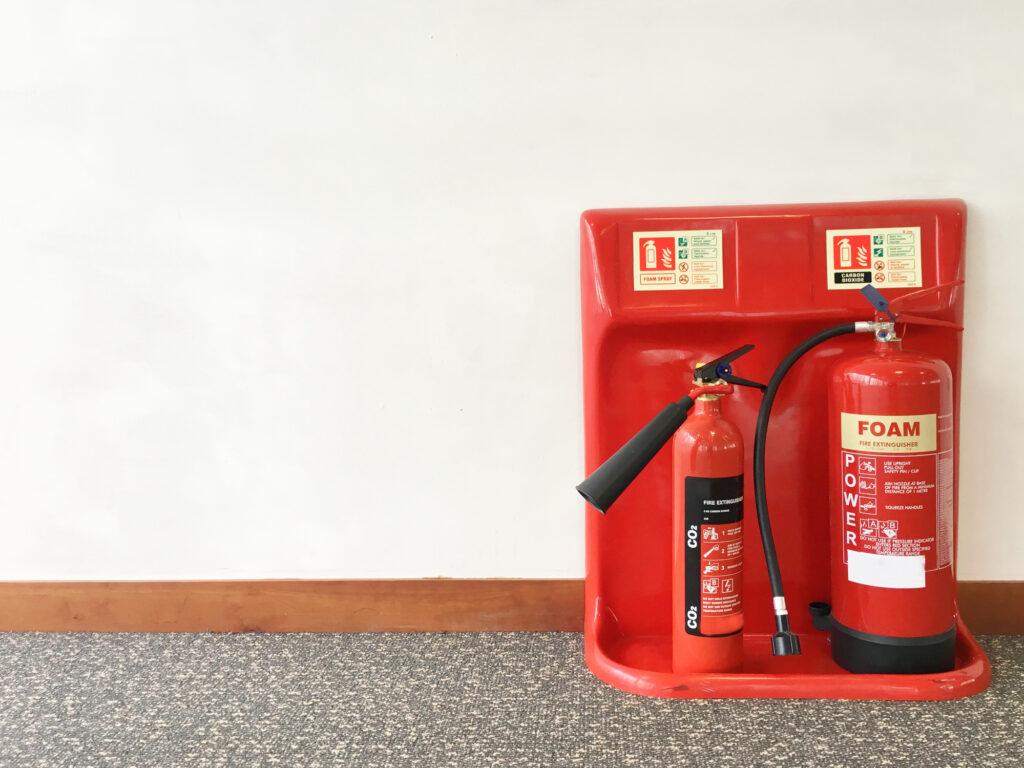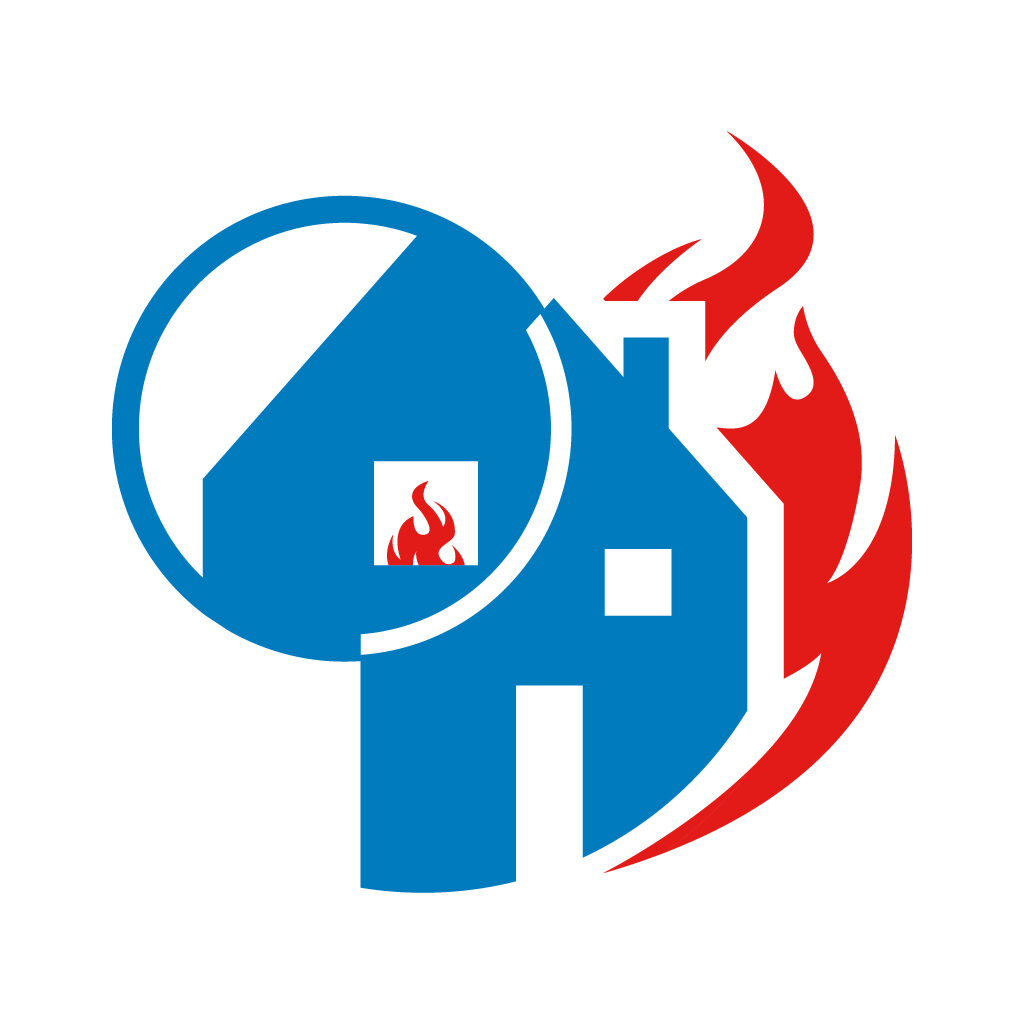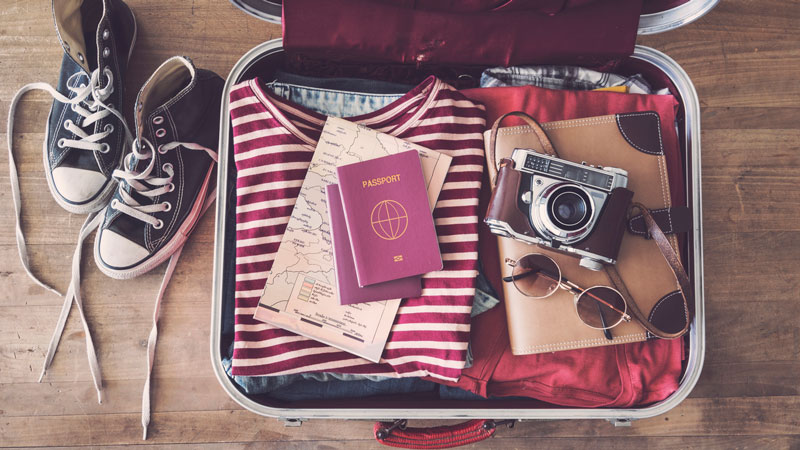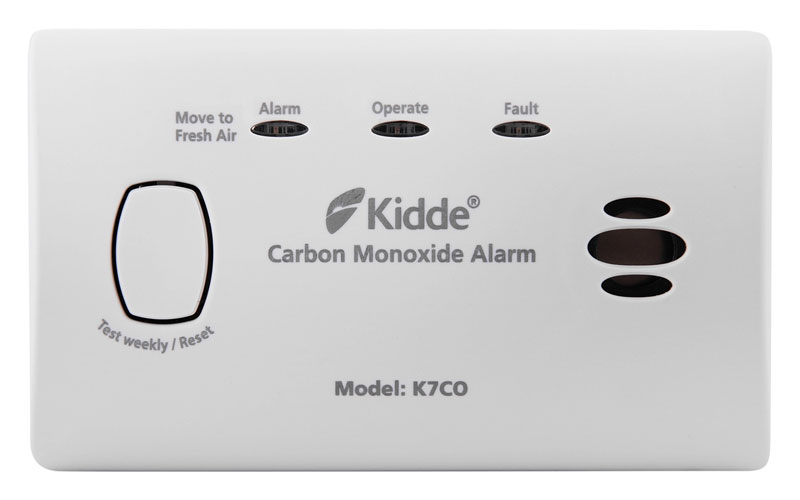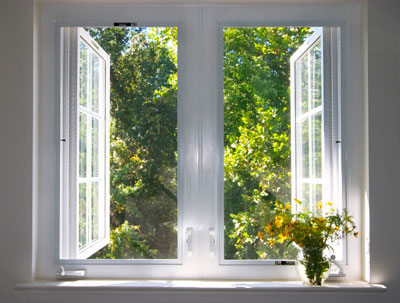Friday 6th September 2024
What is a fireproof document box?
A fireproof box protects your valuable documents from fire and flood damage for under £100, potentially saving you more than £1000 in replacement costs and countless hours of admin. It’s one of the smartest investments you can make for peace of mind.
House fires and floods don’t give you a warning. When disaster strikes, you’ve got seconds to get your family to safety. There’s no time to hunt for birth certificates or passports. That’s where a fireproof box becomes your silent guardian, protecting what matters most when you can’t.
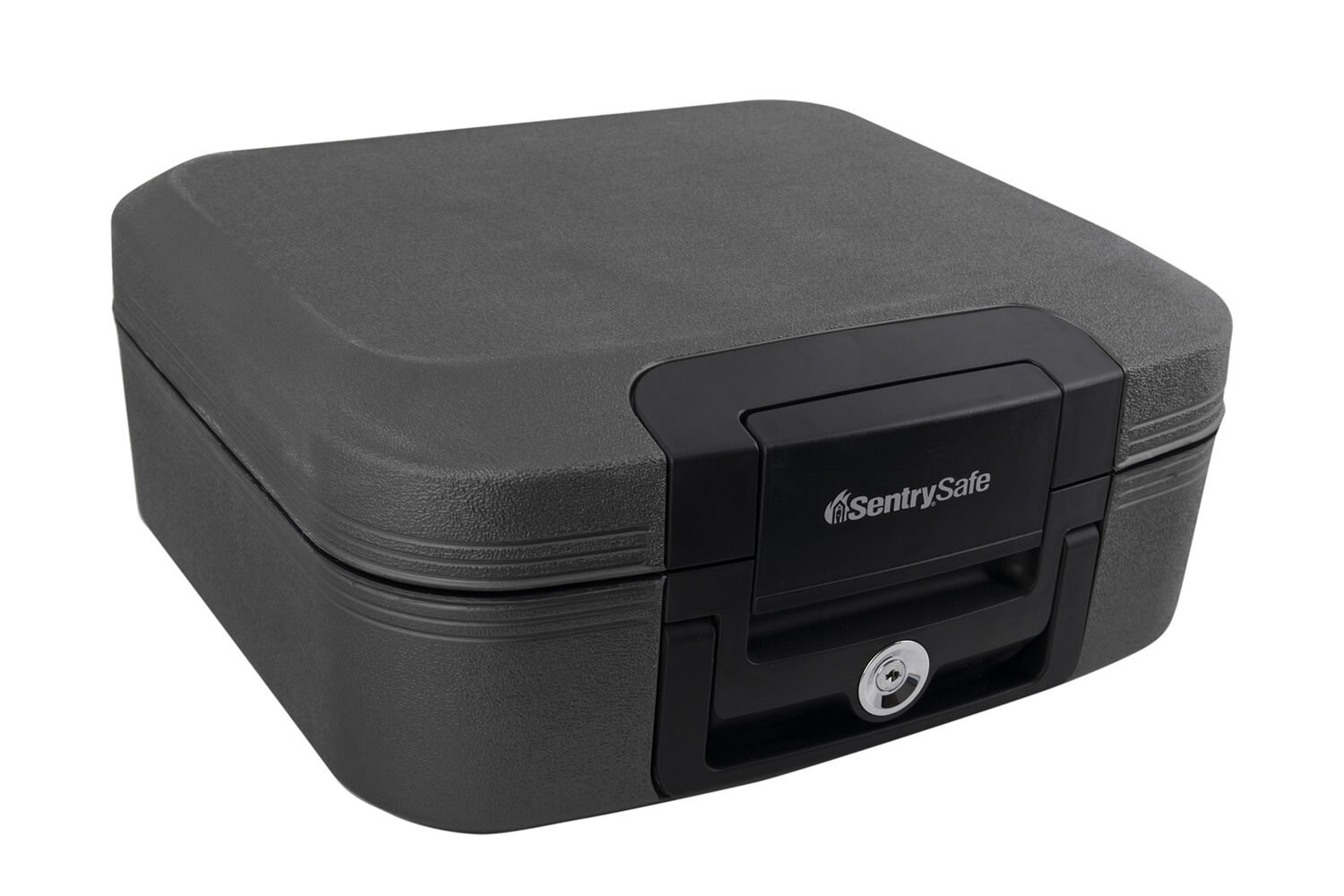
What is a fireproof document box?
A fireproof box is a lockable case (often waterproof too) designed to keep your important documents safe from fire and flood. You might also hear them called a fireproof safe or ‘deed box’ – named after house deeds that people traditionally stored in them.
These fireproof boxes for storage protect your most important papers. Think passports, marriage certificates, insurance documents and bank details. Anything you’d struggle to replace or can’t afford to lose.
A fireproof safe protects important documents, digital media, cash and valuables from flames and floods.
What can you store in fireproof boxes for important papers?
Fireproof safes for documents and data media aren’t just for legal paperwork. They’ll protect anything with sentimental value too. Some home and office document safes are certified to protect digital media like disks and hard drives.
A fireproof box for photos makes perfect sense if you’ve got irreplaceable family pictures. These fireproof boxes and chests come in various sizes, up to 18.5L capacity. Whether you need a fireproof box for house deeds or a comprehensive fire proof box for documents, there’s a size that’ll work.
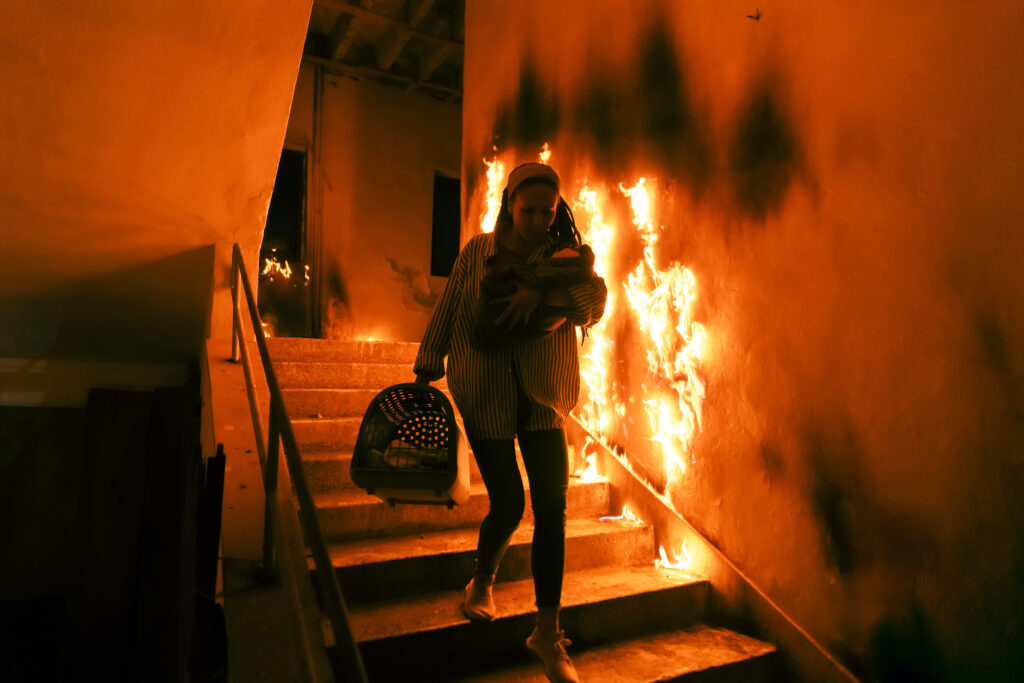
Why is a fireproof safe important?
When your house is on fire, everyone needs to get out fast. Stopping to collect valuables is incredibly dangerous and should never be done. But this means your important documents are left behind in the flames.
Flash floods happen quickly too. You might not have time to locate and rescue personal belongings. Fireproof safes give you protection and peace of mind. You can escape to safety knowing your documents are secure.
Fires and floods can happen when your house is empty too. Fireproof safes and boxes are the only way to ensure your important documents survive when no one’s around to save them.
There’s no time to find personal or valuable documents in an emergency.
Are fireproof boxes for storage worth the investment?
A simple A4 safe, like The Sentry Safe CHW20101, costs less than £100. These lockable boxes offer 30 minutes of fire protection up to 843 °C and protect against flood damage for up to 72 hours. This model is UL certified for A4 paper documents and digital media (hard drives, CDs, DVDs), with a 7.84L capacity. It comes with a lifelong after-fire replacement warranty, making it a solid long-term investment.
Let’s look at what this might contain for a family of three, and the replacement costs:
| Passports | £88.50 | (3) |
| Birth Certificates | £12.50 | (3) |
| Marriage Certificate | £12.50 | (1) |
| House Deeds | £500 – £800 | (1) |
| Log Books | £25.00 | (2) |
| Qualifications (degrees, NVQs, A-Levels etc.) | £43.00 +/- (depending upon exam board / institution) | (5+) |
| Total: | £1080.50 – £1230.50 |
Table showing replacement costs for important documents (2024).
The total replacement cost could easily top £1000, or much more for larger families. This doesn’t include the time and energy you’ll spend on admin. Sentimental items or digital media might never be replaceable.
Even if your home insurance covers these documents, there’s significant admin needed to get copies. Having intact insurance documents will speed up your claim after a fire or flood. The cost of the best fireproof document box is tiny compared to replacement costs and hassle.

Buying the best fireproof safe for home use in the UK
Investing in fireproof boxes for important papers could save you over a thousand pounds and hours of admin time. A fireproof box in the UK can protect sentimental papers and digital media that can’t be replaced. A fireproof box for documents in the UK offers the peace of mind that comes with knowing your most important papers are safe.
Get free delivery today and enjoy the peace of mind that a quality deed box provides.
Don’t wait for disaster to strike. A fireproof box is cheap insurance against catastrophic loss. For less than £100, you’re protecting documents worth over £1000 and countless hours of your time. Contact our friendly customer service team or call us on 0800 612 6537 for more information.
Glossary of Terms
Deed box: Traditional term for a fireproof safe used to store house deeds and other legal documents.
Fire rating: How long a fireproof box can protect contents at specific temperatures (e.g. 30 minutes at 843°C).
Fireproof box: A secure, fire-resistant container to protect documents and valuables from fire and water damage.
Fireproof safe: Another term for a fireproof box, often referring to larger or more secure models.
UL certification: An independent testing standard that verifies a fireproof safe’s protection levels for different types of media.
Water resistance rating: How long fireproof boxes and chests can protect contents when submerged (e.g. 72 hours underwater protection).
All information is correct at the time of posting.


